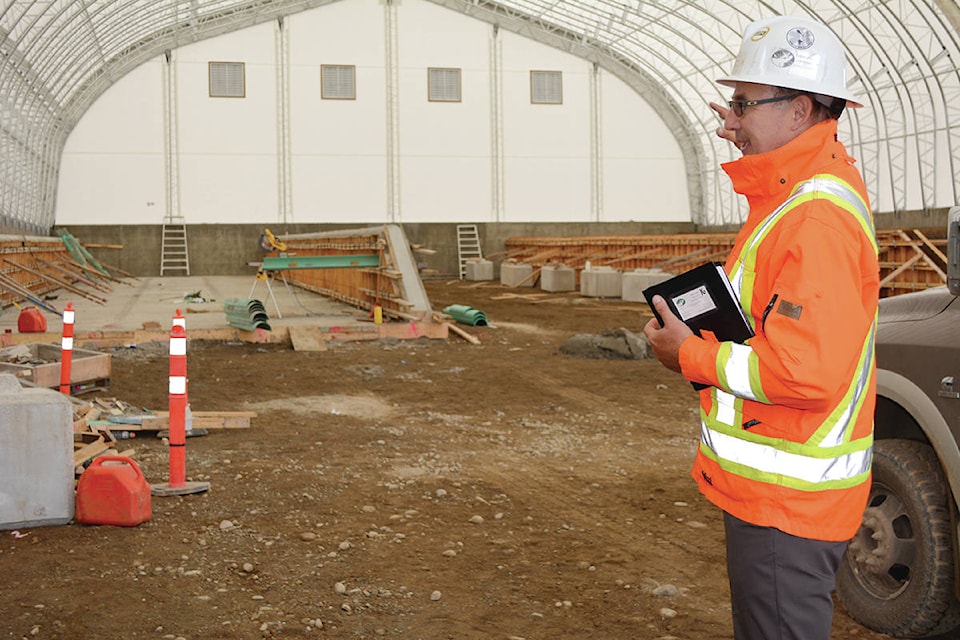In the first 10 months of organics becoming part of the weekly waste curbside pickup, 600 tonnes of organics have been collected throughout the regional district and the city.
When broken down among the 19,000 people in the area, that’s about 31 kg per person, said Murray Daly, solid waste services coordinator for the Regional District of Kitimat-Stikine.
Rough data looking over the provincial standards assumes 40 per cent of the waste in garbage is organics, he said.
People still do compost in their backyards but they can put many more items in the organics stream that waste management companies pick up, he added.
The organics program is inclusive of many materials, beyond what can go in backyard compost, said Daly, adding he used paper plates, paper napkins, and a paper tablecloth for his son’s birthday party and when the children were done making their tremendous mess, he wrapped everything up in the paper tablecloth and it all went into the organics bin.
“If it came from a living entity, paper, cardboard, greasy pizza boxes and spoiled napkins go right in there,” he said.
And anything can go into the organics stream, fruits and vegetables that are going bad, moldy fruits and vegetables and bones from filleting a fish or from a rotisserie chicken, he added.
“The system we have for composting gets up to such a high temperature internally that’s why we can take in such a complement of material and paper products and things like that,” said Daly, adding those items can’t break down in backyard composters.
At the end of the first full year of organics pickup, the regional district will look at whether anything needs to be tweaked in the program, he said.
As for illegal dumping of garbage – photos of which often show up online – Daly says there is a working group that identifies and tries to eliminate dumping at these locations.
Daly, conservation officers, the Ministry of Transportation and others cleaned up a problem spot near the water tower on Crescent Ave. and put up barriers to prevent access for dumping.
The group will continue to keep an eye out for popular dumping spots and work to mitigate the problem, he added.
